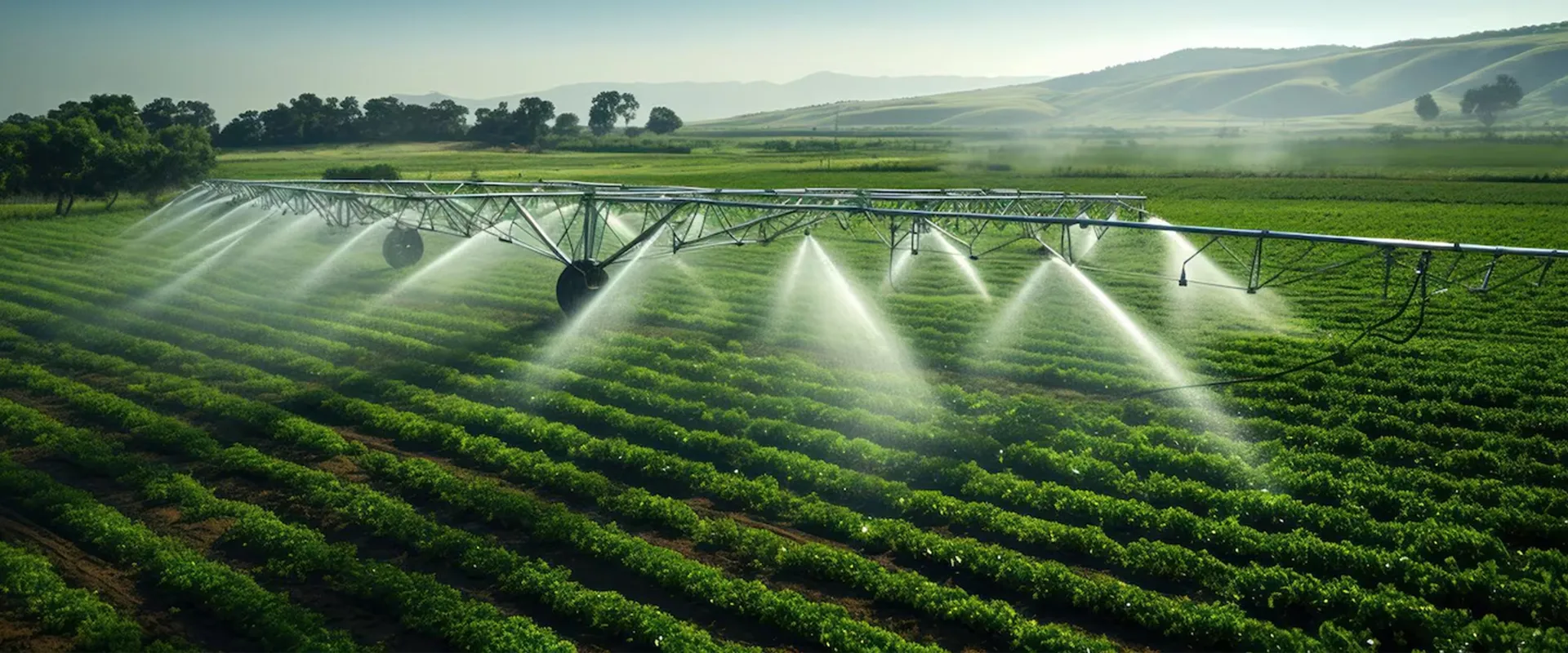The agricultural sector, a cornerstone of human civilization, has witnessed a remarkable transformation over the centuries. From traditional methods of cultivation to the advent of mechanization, farming practices have continuously evolved to meet the growing demands for food, fiber, and fuel. Today, we stand at the cusp of a new era in agriculture, driven by cutting-edge technologies and innovative farming techniques. This blog post explores the latest advancements in agricultural technologies and how they are revolutionizing modern farming.
Agricultural technologies encompass a wide range of innovations designed to improve the efficiency, productivity, and sustainability of farming practices. These technologies leverage advancements in fields such as biotechnology, information technology, and engineering to address the challenges faced by contemporary agriculture.
1. Precision Agriculture
Precision agriculture is a farming management concept that uses technology to monitor and optimize agricultural operations. By employing GPS, sensors, drones, and data analytics, farmers can make informed decisions about planting, fertilizing, and harvesting crops.
- GPS and GIS: Global Positioning System (GPS) and Geographic Information System (GIS) technologies enable farmers to map their fields with high precision. This allows for accurate planting, soil sampling, and yield monitoring.
- Sensors and IoT: Internet of Things (IoT) devices and sensors placed in fields provide real-time data on soil moisture, temperature, and nutrient levels. This information helps farmers optimize irrigation and fertilization, reducing waste and increasing crop yields.
- Drones and UAVs: Unmanned Aerial Vehicles (UAVs), commonly known as drones, are used for aerial surveying, crop monitoring, and spraying pesticides. Drones equipped with multispectral cameras can assess crop health and detect issues early, enabling timely interventions.
2. Biotechnology and Genetically Modified Organisms (GMOs)
Biotechnology plays a crucial role in developing crops that are more resilient to environmental stresses, pests, and diseases. Genetic engineering techniques allow scientists to introduce desirable traits into plants, resulting in genetically modified organisms (GMOs).
- Disease Resistance: GMOs can be engineered to resist specific diseases, reducing the need for chemical pesticides and improving crop yields.
- Drought Tolerance: Biotechnology enables the development of drought-tolerant crops, ensuring stable production in arid regions and during periods of water scarcity.
- Nutritional Enhancement: Genetic modification can enhance the nutritional content of crops, addressing deficiencies in essential vitamins and minerals.
3. Hydroponics and Aeroponics
Soilless farming techniques such as hydroponics and aeroponics offer innovative ways to grow crops in controlled environments. These methods use nutrient-rich water or mist to deliver essential nutrients directly to plant roots.
- Hydroponics: In hydroponic systems, plants are grown in a nutrient solution, eliminating the need for soil. This method allows for year-round production and reduces the risk of soil-borne diseases.
- Aeroponics: Aeroponics involves suspending plants in the air and misting their roots with a nutrient solution. This technique promotes faster growth and higher yields while using less water and space compared to traditional methods.
4. Vertical Farming
Vertical farming is an innovative approach that involves growing crops in stacked layers or vertically inclined surfaces, often within controlled indoor environments. This method maximizes space utilization and enables farming in urban areas.
- Controlled Environment Agriculture (CEA): Vertical farms use CEA techniques to regulate temperature, humidity, light, and CO2 levels. This results in optimal growing conditions and consistent crop production.
- LED Lighting: Energy-efficient LED lights provide the necessary spectrum of light for photosynthesis, allowing crops to grow indoors without natural sunlight.
- Urban Agriculture: Vertical farming brings agriculture closer to urban centers, reducing transportation costs and providing fresh produce to city dwellers.
5. Robotics and Automation
Robotic systems and automation technologies are revolutionizing various aspects of farming, from planting and harvesting to sorting and packaging.
- Autonomous Tractors: Self-driving tractors equipped with GPS and sensors can perform tasks such as plowing, planting, and spraying with high precision, reducing labor costs and increasing efficiency.
- Harvesting Robots: Advanced robots are capable of picking fruits and vegetables with care, minimizing damage and ensuring high-quality produce.
- Automated Sorting and Packaging: Robotics streamline the post-harvest process by sorting and packaging crops quickly and accurately, improving overall productivity.
6. Artificial Intelligence and Machine Learning
Artificial Intelligence (AI) and Machine Learning (ML) are transforming agriculture by enabling predictive analytics, decision-making, and automation.
- Crop Monitoring and Disease Detection: AI algorithms analyze data from sensors, drones, and satellite imagery to monitor crop health and detect diseases early. This allows farmers to take preventive measures and reduce crop losses.
- Yield Prediction: Machine learning models predict crop yields based on historical data, weather patterns, and soil conditions. Accurate yield predictions help farmers plan better and make informed marketing decisions.
- Automated Farm Management: AI-powered farm management systems optimize resource allocation, schedule tasks, and provide recommendations for improving efficiency and sustainability.
7. Blockchain and Food Traceability
Blockchain technology offers a secure and transparent way to track the journey of agricultural products from farm to fork. This enhances food safety, reduces fraud, and builds consumer trust.
- Supply Chain Transparency: Blockchain provides a tamper-proof record of every transaction in the supply chain, ensuring traceability and accountability.
- Quality Assurance: Farmers and producers can certify the quality and origin of their products, giving consumers confidence in the food they purchase.
- Smart Contracts: Blockchain enables the use of smart contracts, which automatically execute and enforce agreements between parties based on predefined conditions.
Conclusion
The integration of advanced technologies in agriculture is paving the way for a more efficient, sustainable, and productive future. Precision agriculture, biotechnology, hydroponics, vertical farming, robotics, AI, and blockchain are just a few examples of how innovation is reshaping the farming landscape. By embracing these technologies, farmers can overcome challenges, enhance yields, and contribute to global food security. As we continue to explore new frontiers in agricultural science, the possibilities for the future of farming are truly limitless.


